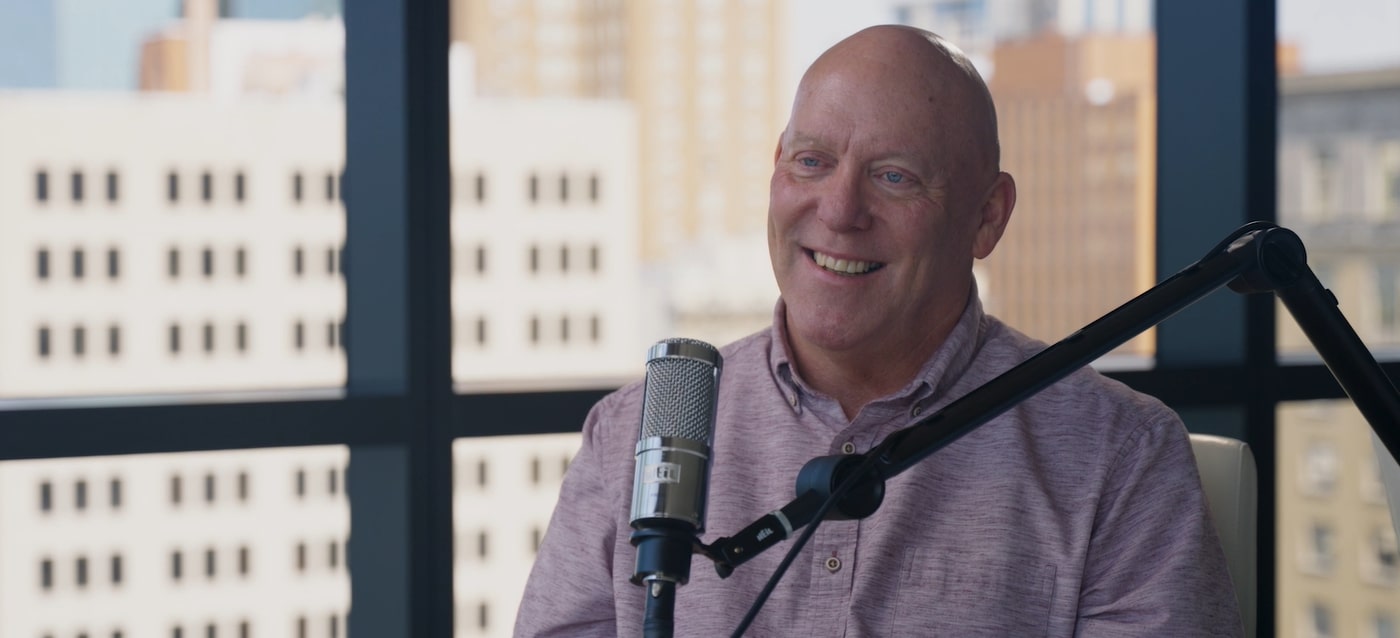The blight of addiction can ravage the lives of individuals and families alike, leading to a spiral of despair and helplessness. However, the route to recovery, although tough, offers a beacon of hope to many who have been ensnared by substance abuse. Drug rehabilitation centers play a pivotal role in guiding afflicted individuals through the storm. They are sanctuaries where recovery is not just a possibility but a reality in the making. Below, we delve deeper into the ways drug rehab can transform lives and chart a new course toward hope and wellness.
Understanding the Psychological Shift in Addiction Treatment
Rehabilitation is as much a psychological journey as it is physical. The psychological shift begins when individuals acknowledge the problem and commit to change. Addressing the psychological factors of addiction demands introspection and willingness to uncover emotional wounds that may have been festering for years. In this respect, addiction therapy is an inward journey to understand oneself better.
Therapists play a critical role in guiding this journey, offering insight and techniques to break the cycle of addiction. Cognitive behavioral therapy (CBT), for example, helps reshape thoughts and behaviors related to drug use, while contingency management reinforces positive behavior change. Through these methodologies, patients gain mastery over their triggers and cravings.
Group therapy sessions provide an avenue for communal healing, allowing patients to share experiences in a supportive environment. Positioning individuals within a peer group who understand their challenges demystifies the journey and fosters a sense of belonging. This shared experience underscores the universality of addiction and the shared path to overcoming it.
Rehab Success Stories: Personal Testimonies of Renewed Life
Personal stories of triumph over addiction serve as profound testaments to the efficacy of drug rehab. These narratives are beacons of hope, shining light on the potential for transformation. For instance, a former addict may speak of the sense of empowerment gained through rehab, an empowerment that breathed new life into their aspirations and relationships.
Success stories are diverse, reflecting the individuality of everyone’s journey. Some may recount the moment clarity returned to their thought processes, while others highlight rebuilding broken family ties. Each story encapsulates the various facets of rehab, from the initial struggle to the joy of milestones achieved, painting a picture of progress and resilience.
For many, the realization that life could be fulfilling without substance reliance is a revelation. Graduates of ranch rehab programs often speak of rediscovering hobbies and interests that they had neglected or forgotten. This rediscovery engages their passions and interests, creating a life filled with activities that bring joy and satisfaction.
The Critical Role of Support Systems in Sustaining Recovery
A robust support system is indispensable to the rehabilitation process and the ongoing journey of recovery. This network of support spans family, friends, therapists, and support groups, all of whom play unique roles in bolstering an individual’s resolve to remain sober. Family and friends provide the emotional scaffold that reinforces the individual’s new lifestyle choices, promoting a drug-free environment.
Post-rehab, the importance of a strong support system cannot be understated. Many rehab centers offer aftercare programs to assist with this transition, ensuring that the support continues beyond the facility’s walls. It is at this juncture that the strength and quality of one’s support system can truly influence the trajectory of their recovery.
Measuring the Impact: Rehabilitation Statistics and What They Tell Us
The impact of drug rehabilitation can be seen in the lives changed and the statistics that measure these changes. Success rates vary, reflecting the individualized nature of addiction treatment. However, successful rehabilitation can lead to lower drug use rates, improved employment prospects, and better mental and physical health for those who sustain their recovery.
Statistics also reveal the components that contribute to effective rehabilitation. High-quality care, evidence-based practices, and personalized treatment plans correlate positively with successful outcomes. Additionally, longer rehabilitation stays and engagement with aftercare programs are associated with lower relapse rates, underscoring the importance of comprehensive, extended care.
Overall, drug rehabilitation stands as a testament to the resilience of the human spirit and the efficacy of dedicated treatment efforts. By delving into the transformational journey, appreciating the psychological shifts in therapy, celebrating success stories, acknowledging the vitally important support structures, and analyzing the statistics, we gain a comprehensive view of rehabilitation’s impact. It illustrates a narrative of hope and redemption, affirming that with the right help and determination, a new, fulfilling life beyond addiction is achievable.
Copyright © 2025 California Business Journal. All Rights Reserved.
For California Business Journal Disclaimers, go to https://calbizjournal.com/terms-conditions/.




